 Math concepts are fantastically weaved into all kinds of artwork and Cloud Gate, or “The Bean”, in Chicago, IL is no exception! Cloud Gate is British artist Anish Kapoor’s first public outdoor work in the the United States.
Math concepts are fantastically weaved into all kinds of artwork and Cloud Gate, or “The Bean”, in Chicago, IL is no exception! Cloud Gate is British artist Anish Kapoor’s first public outdoor work in the the United States.
Image Source: https://www.flickr.com/photos/rmlowe/6144649661
Spark your math thinking!
1. Set up your math mini spark recording page: #24: The Bean
2. According to the city of Chicago website, The 110-ton elliptical sculpture is forged of a seamless series of highly polished stainless steel plates, which reflect Chicago’s famous skyline and the clouds above. A 12-foot-high arch provides a “gate” to the concave chamber beneath the sculpture, inviting visitors to touch its mirror-like surface and see their image reflected back from a variety of perspectives. Inspired by liquid mercury, the sculpture is among the largest of its kind in the world, measuring 66-feet long by 33-feet high. Watch this summary video below and record 5-10 details on your recording page.
3. Watch a video on how they “Clean the Bean”. Record 3 sentences about what you have learned about this process on your recording page.
4. Take a look inside the Bean during construction. What math and science was involved in creating the bean?
5. “The Bean” is 33 feet high, 42 feet wide, and 66 feet long. It weighs about 110 tons — roughly the same as 15 adult elephants. Suppose a regular bean was sitting next to Cloud Gate. Do some research to find out the dimensions of a regular bean. Do some math calculations. About how many times bigger is cloud gate? Record your work on your recording page.
6. Share your math mini spark recording page with your teacher/EY coordinator.
Thanks to the Hoffart boys at Sunset for inspiring this math mini spark!

 infographic |ˌinfōˈɡrafik| noun- a visual image such as a chart or diagram used to represent information or data. a good infographic is worth a thousand words.
infographic |ˌinfōˈɡrafik| noun- a visual image such as a chart or diagram used to represent information or data. a good infographic is worth a thousand words.

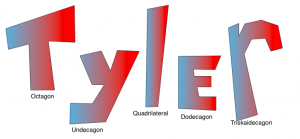
 Take Me out to the Ball Game! The baseball/softball season is upon us and what better way to prepare for the fun than by studying the ways in which math is used in these fine sports.
Take Me out to the Ball Game! The baseball/softball season is upon us and what better way to prepare for the fun than by studying the ways in which math is used in these fine sports.



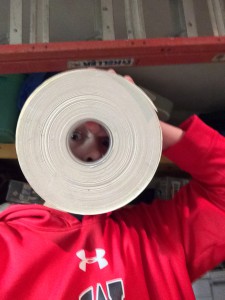
 Circles are EVERYWHERE, and wherever there are circles, there’s math to be done!
Circles are EVERYWHERE, and wherever there are circles, there’s math to be done!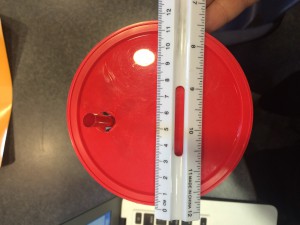
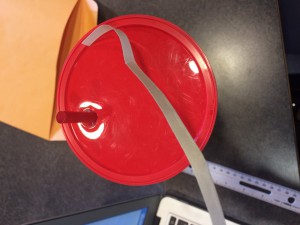
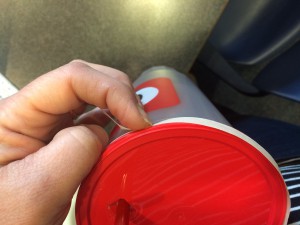
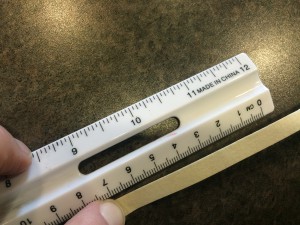
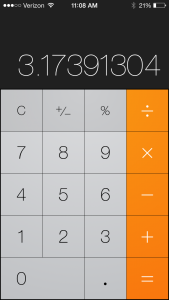
 Learn about how Pi relates to cylinders, cones, and spheres in this math mini spark.
Learn about how Pi relates to cylinders, cones, and spheres in this math mini spark.